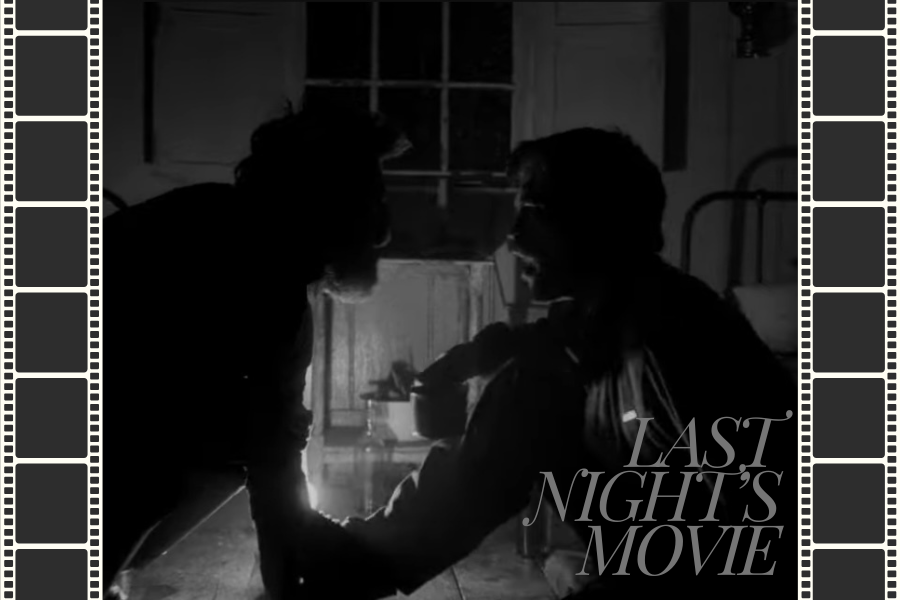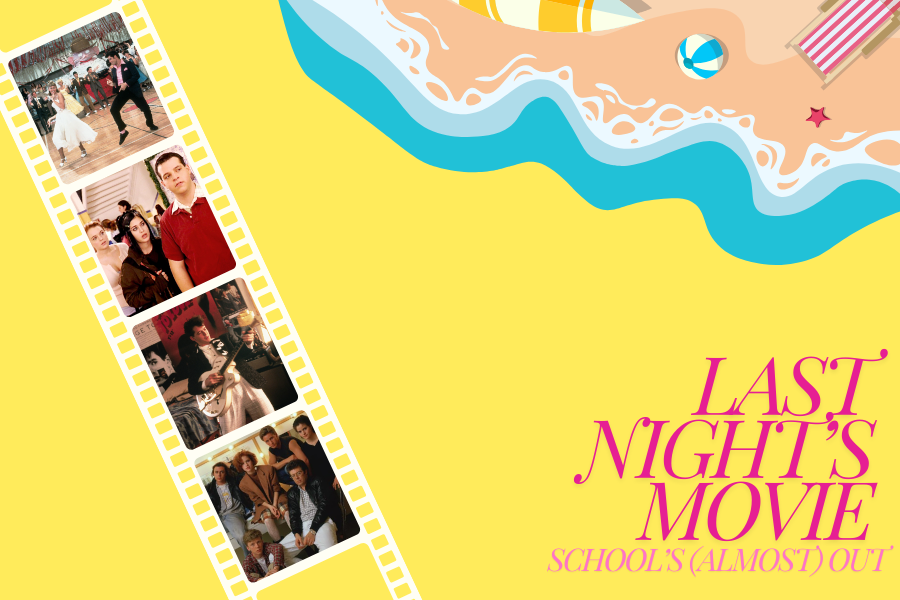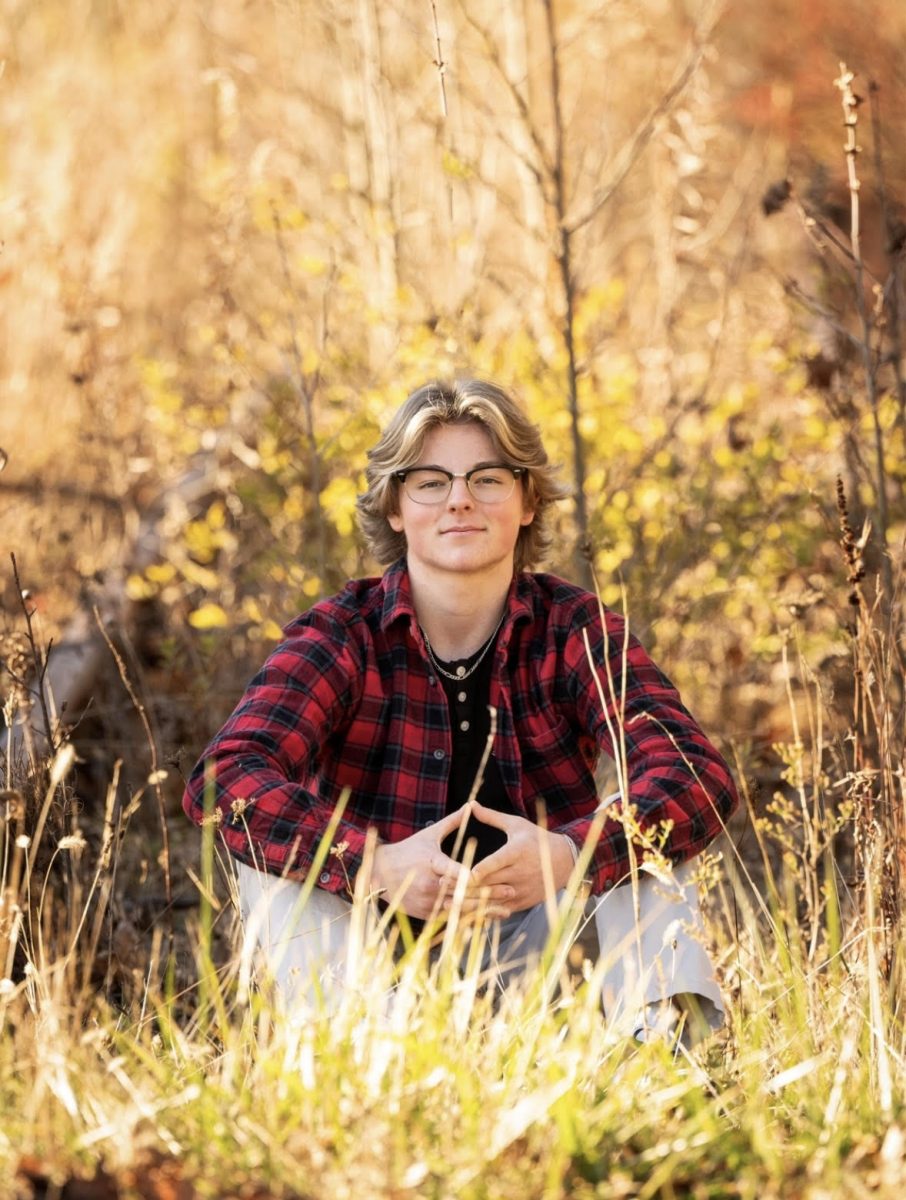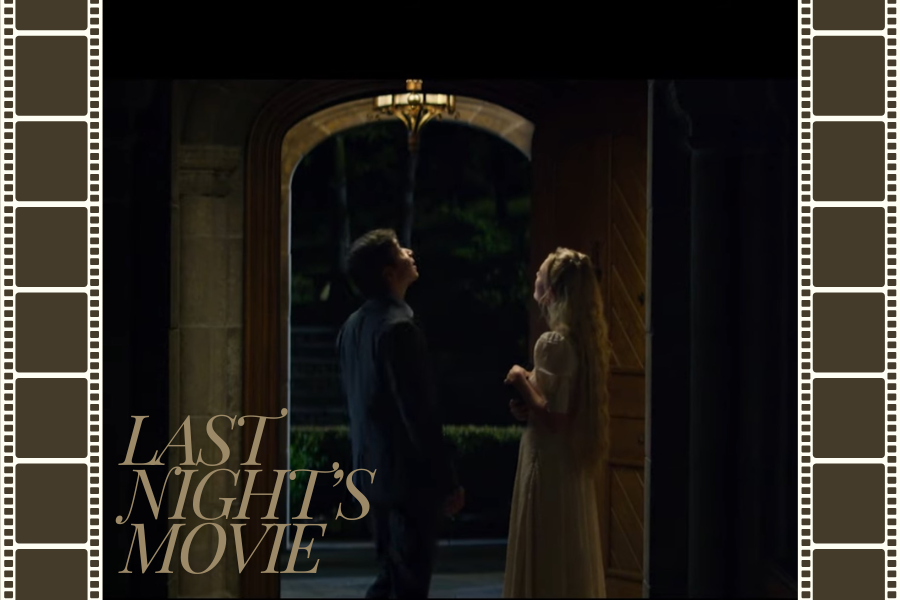Last night’s movie [6]
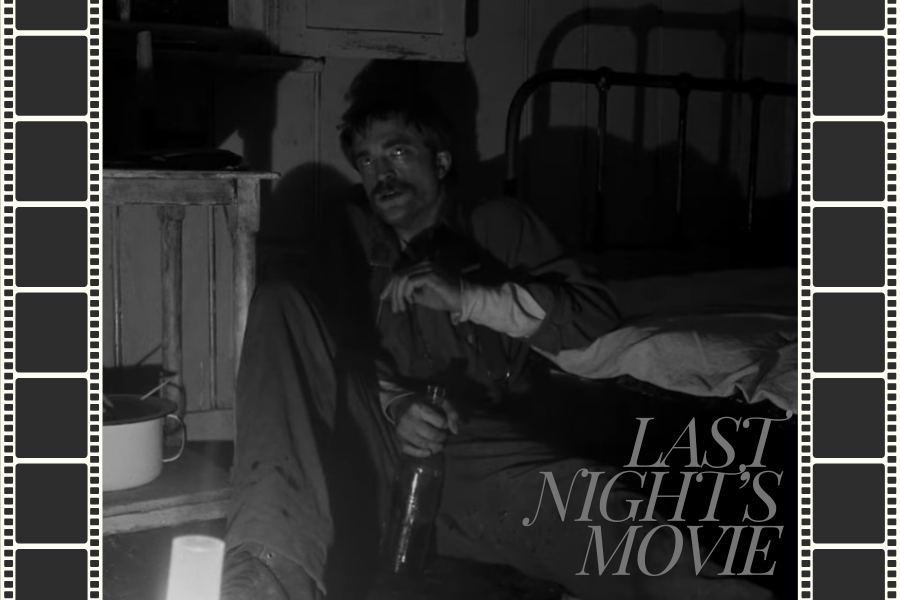
Robert Eggers shocks his audience once again with his thriller, “The Lighthouse” (2019). Whether or not that “shock” is a good thing, however, is debatable.
“The Lighthouse” tells a story of two lighthouse keepers trying to stay sane in the midst of loneliness and despair. Cue the monochrome color pallet and unpleasant, warbly accents.
The lighthouse keepers–who are really the only characters in the movie–apart from a few stray seagulls–are played by Willem Dafoe and Robert Pattinson. Dafoe’s character, Tom, is basically a caricature of an old lighthouse keeper to be. He’s unsavory and storm-worn; crude and volatile–and, to Dafoe’s credit, he plays him perfectly. Meanwhile, Pattinson plays the new keeper, Tommy (or Ephraim, for the first half of the movie), who is actually just Dafoe’s assistant. His character is much more reserved and civilized than the other, but he is also strange in his own ways. He’s a loner, and obviously running from something in his past. Also, he might be obsessed with mermaids (maybe).
The movie interprets the mythological story of Prometheus (as well as other myths, including the stories of Icarus and Pandora, but their interpretations are much less obvious). TLDR: Prometheus was the guy who stole fire from the Greek gods to give to humans in the form of knowledge– “enlightenment.” To punish him, he was strung up on a mountainside, and left to be pecked at eternally by birds.
Instead of fire, Eggers uses the light of the lighthouse to represent that forbidden knowledge, as the older keeper refuses to let his assistant see it, and his time is instead occupied with other small tasks that, though essential to the keeping of the lighthouse, seem less consequential in the eyes of the person who has to carry them out. Without spoiling too much, that’s about where the similarities between the two stories end.
The acting in this movie is fantabulous, there’s no doubt about that, but the script left much to be desired–and not just because of the confusing old-timey sailor lingo. There aren’t too many words spoken between the two in the movie, especially at the beginning, and, while this seems purposeful, it goes a little overboard at times.
Instead of just emphasizing the descent into madness as it was probably intended, the lack of speaking creates a disconnect between the characters and the plot. This makes the characters more static and dull than they actually are, and diminishes the shine of Dafoe’s and Pattinson’s acting. This disconnect also affected the audience (us) by extension. Without a solid dialogue, we often felt lost in the intense scenery, and had no words to anchor us to the actual plot.
The lack of dialogue, along with movie taking place in black and white, makes the timeline hard to follow. The scenes switch between the present timeline, flashbacks and dream sequences, which makes it that much harder to know what is really happening. While, admittedly, this does make it easier for viewers to understand the feelings of the characters as they fall deeper and deeper into the insanity that the isolation of the island (or “the rock,” as the older keeper, Tom, would have called it) creates, which is especially escalated due to their sustainents being largely alcohol, it also makes the story more of a bore.
Additionally, the movie takes a very long time to get to the point. To an extent, time needs to be taken to create the setting, build the characters and establish a conflict, but, in this movie, it gets very drawn out. But, when things finally start to pick up, they’re accelerated to a speed that makes it even harder to follow. The dim, black-and-white aesthetic doesn’t help this confusion. There were times when we couldn’t tell which character we were looking at or which is saying something considering that there were only two of them.
This all being said, the movie deserves credit where credit is due. It is poignant (when comprehensible) and intense, the sure signs of a good thriller. Eggers also delivers, as he always does, with the cinematography. In spite of the monochromatic coloring of every scene, he still manages to make certain ones stand out against the rest, and more, make them symbolic to the story.
Another highlight of the film, besides the acting we already mentioned, was its unique use of aspects from different genres. While the film is technically categorized (at least by Google) as a horror/fantasy, it also fits well in the thriller, suspense and drama genres. In combining all of these categories, Eggers makes the story more special, complex and interesting in general.
His use of horror and fantasy are probably the most intriguing, even though neither of them should be considered the film’s main genre (rather, thriller or suspense). The two go exceedingly well together, especially in the setting of the lone lighthouse in the midst of a ravenous sea, because they bring in elements of old sailor folklore, oceanic mythology and our fear of the unseeable deep.
Overall, “The Lighthouse” has plenty to offer, and so does its director Robert Eggers (might we suggest his most recent film, “Nosferatu?”), but we just can’t say we enjoyed watching it. The erratic pacing, slightly too-dark filtering and lack of unconvoluted dialogue left us confused and separated from the story, and even the acting and symbolic cinematography couldn’t bring us back.



